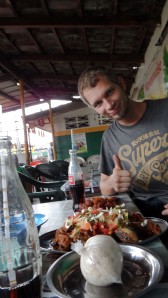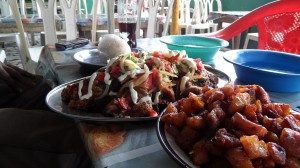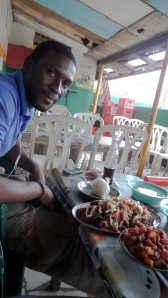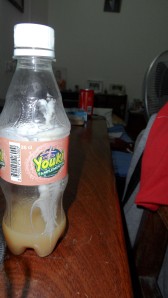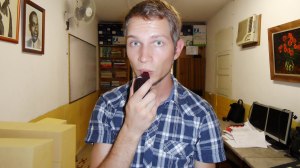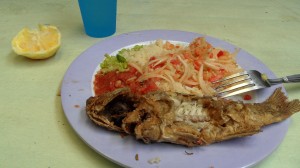As I am currently continuing my education with an MA in eEducation at FernUni Hagen, I am hopefully soon to complete module 3 (Developing New Media) . The degree consists of 8 modules, which can be freely chosen throughout the course.
Generally speaking, the courses haven’t been as I expected them. Having heard of distance education courses offered by US or UK universities, my expectation was to have lots of online sessions with streamable lectures and interactive content.
But it turned out differently, in a very challenging way: the courses consist of 3-6 excercises, mostly research papers. As a  student, your sole input is the instruction: complete this task until given date, stick to APA. Some modules have links to useful papers attached, but that’s as far as input goes. So basically, I was on my own, on new terrain. Of course there is a pretty well kept and regularly forum for each task… but I frequently had the problem of not knowing which questions to ask the tutor, apart from “Where do I start?”, which was frustrating!
student, your sole input is the instruction: complete this task until given date, stick to APA. Some modules have links to useful papers attached, but that’s as far as input goes. So basically, I was on my own, on new terrain. Of course there is a pretty well kept and regularly forum for each task… but I frequently had the problem of not knowing which questions to ask the tutor, apart from “Where do I start?”, which was frustrating!
With time I got into it, and with a friend and study buddy figured that this might just be the modus operandi we have to get used to. Now every paper and every product for the course is super hard work, made from scratch, which gives learning itself a completely different meaning.
I found, that I mostly had to teach myself!
So I’d like to show you the fruit of my effort a bit. Please be gentle with judgement, it’s the first time for me to ever create a video, and it took me AGES to learn how to edit sound and motion picture and record speech. Personally, I’m still not satisfied, but anyways, I’ll have plenty of chances to improve.
I’d be grateful if you left your feedback here:
https://docs.google.com/forms/d/1j_-GhMo3xP8QZw5hDYgpYjmHrM9gLIfZpYyv2w0EswY/viewform
[ALERT: it’s all in German]
Picture credit: @demandaj / Flickr

